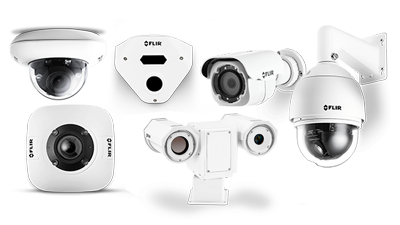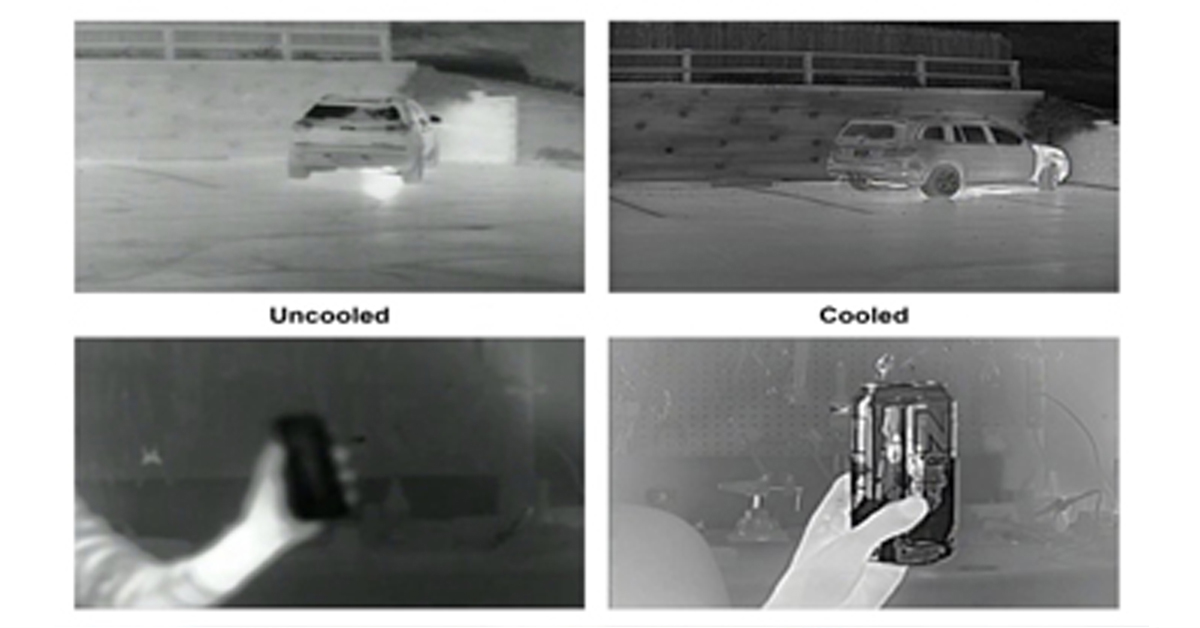
Enhancing Maritime Safety with Video Tracking & Radar Integration
Staying focused with FLIR Marine Technology
Marine watch standers play a vital role in ensuring vessel safety and operational efficiency. However, an overloaded operator risks fatigue, distraction, and reduced situational awareness—potentially jeopardizing safety. FLIR Marine addresses this challenge by incorporating Video Tracking and Radar Integration into its advanced camera systems, helping mariners stay focused while reducing workload.
Video Tracking: Automating Target Monitoring
FLIR Marine cameras, equipped with pan, tilt, and zoom (PTZ) functionality, provide a commanding 360° view, ensuring mariners can monitor surroundings effectively. With a ±90° tilt range, operators can scan from the deck to the highest visible point in the sky. Control is seamless through a FLIR Joystick Control Unit or a chartplotter’s touch interface.
However, manually steering a camera to track fast-moving targets can be a distraction—especially for high-speed response vessels where continuous situational awareness is critical. FLIR's Video Tracking feature, available in M400XR and M500 models, automates this process.
Operators can designate an on-screen target using a JCU-4 joystick, chartplotter, or MFD interface.
A tracking box appears, confirming the camera has locked onto the object.
The camera automatically adjusts its pan and tilt to follow the target without requiring ongoing input.
If the object moves beyond the horizon or becomes obstructed, the system attempts to reacquire it and alerts the operator if tracking is lost.
Best of all, Video Tracking works seamlessly between thermal and ultra-low-light visible payloads, allowing operators to switch views and zoom levels without interrupting tracking. This capability is valuable for vessels with minimal crew or vessels operating in demanding environments.
Who Benefits from Video Tracking?
Yachts & Passenger Vessels: Monitor tenders and small craft moving between the mother ship and shore.
Fisheries & Conservation Officers: Observe suspicious activity safely while recording video evidence.
Marine Enforcement Agencies: Keep cameras locked onto suspect vessels attempting to flee or jettison contraband.
Maritime Firefighters: Maintain a fixed view of fire scenes despite vessel movement.
Pilot Launches: Record pilot transfers to and from the ladder.
Towboats: Automatically track crews tending to barges at night.
Radar Integration: Connecting Cameras to Navigation Systems
Marine radar is fundamental for navigation and hazard detection, providing real-time awareness of navaids, vessels, weather, and shorelines. FLIR’s M232, M300 series, M400 series, and M500 cameras integrate with radar systems to further reduce operator workload. Slew-to-Cue: Automated Target Acquisition
FLIR Marine cameras respond to AIS and Radar Tracked Targets (ARPA/MARPA) selected via touchscreen MFDs, automatically slewing to the target’s location.
The system tracks targets dynamically, eliminating the need for manual adjustments.
Previously exclusive to military applications, slew-to-cue now brings precision tracking to commercial and recreational vessels.
FLIR thermal cameras are compatible with leading marine electronics from Garmin, Furuno, Raymarine, and Simrad. System integration varies, so operators should confirm compatibility with their radar provider.
Additionally, FLIR supports NMEA0183 RSD and TTM messaging, allowing cameras to:
Follow radar or ECDIS cursor positions, enabling quick manual targeting.
Automatically track ARPA-designated targets as they move.
Pan toward upcoming waypoints, ensuring critical navigation points remain in sight.
Enhancing Safety & Efficiency with FLIR
No matter the vessel - yacht, commercial ship, enforcement craft, or towboat—remaining alert is essential for collision prevention and safe navigation. FLIR Marine’s automated tracking and radar integration simplify vessel monitoring, reduce fatigue, and improve situational awareness.
Blog Posts

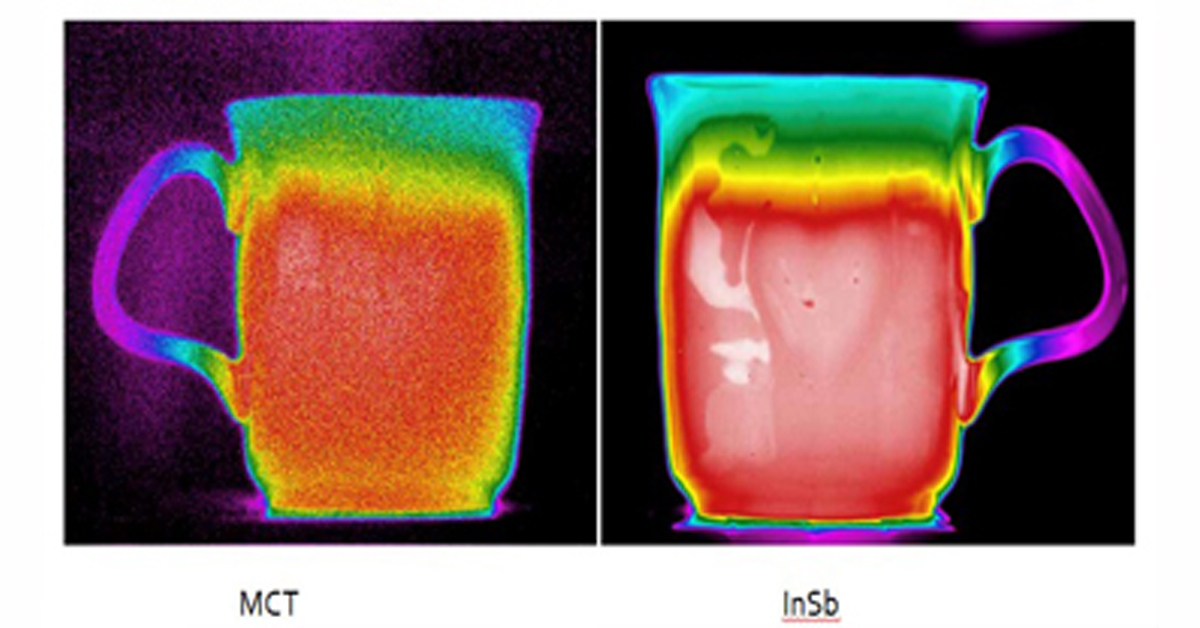
Thermal Camera Selection
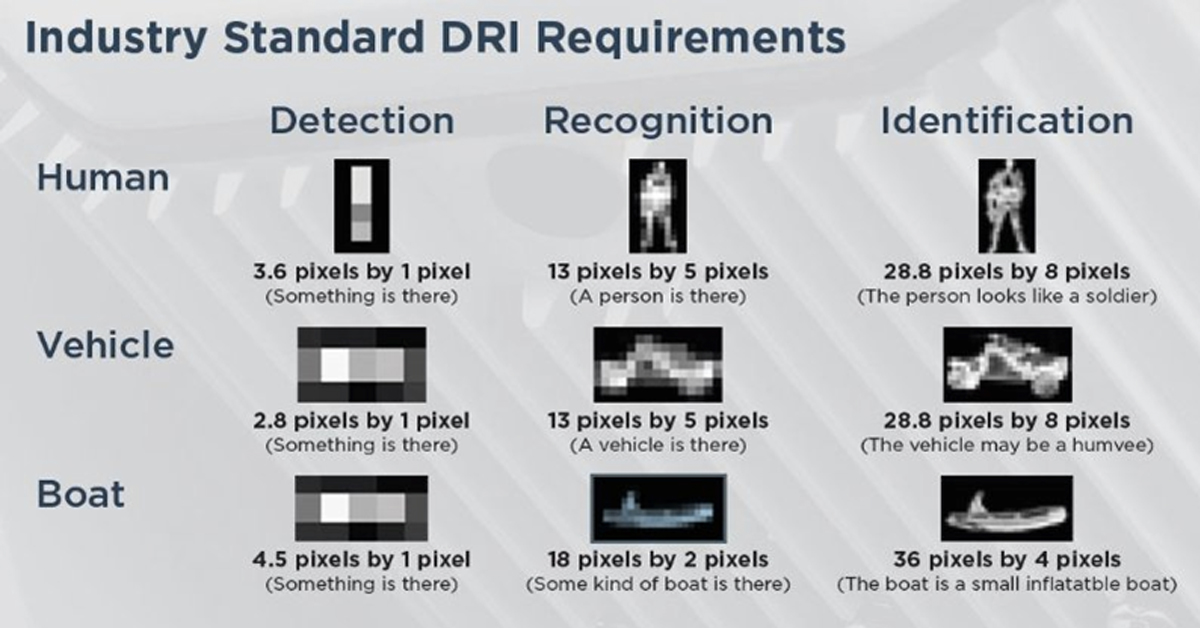
How Far Can I See?

How Should Human Temperature Be Measured?

What is Wide Dynamic Range?

MYNOISE AUDIO MIXER REVIEW

WHAT IS A WIRELESS DISTRIBUTION SYSTEM?

POE VS. POE+ VS. POE++: CHOOSING THE RIGHT INDUSTRIAL ETHERNET SWITCH FOR YOU
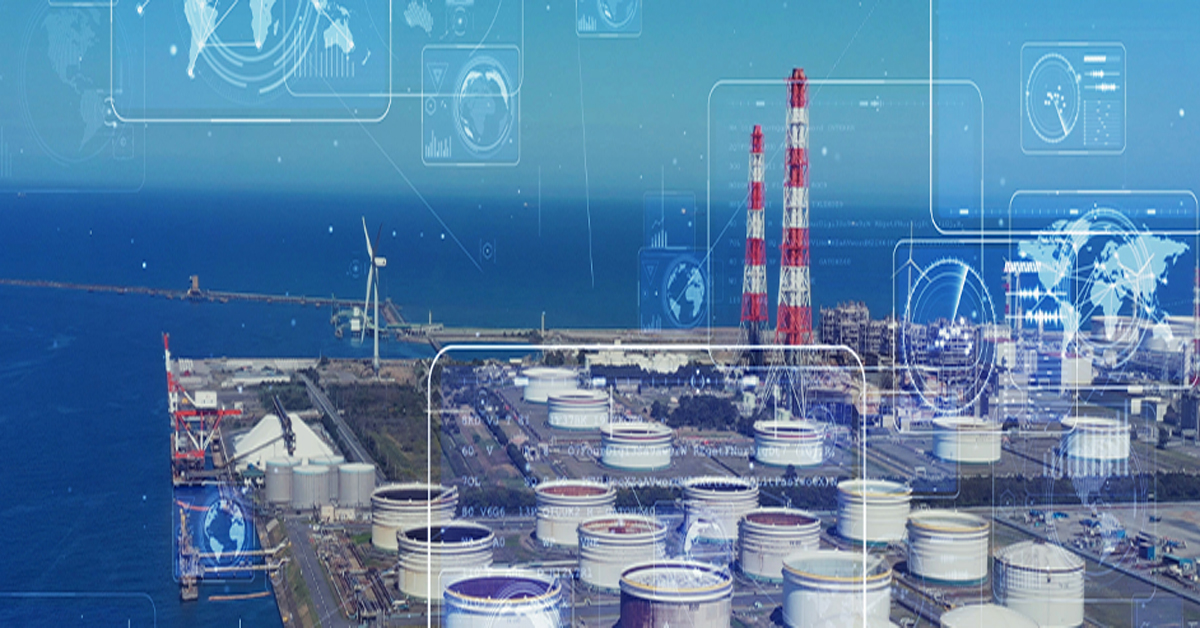
INDUSTRY-LEADING INDUSTRIAL ETHERNET SWITCHES

UNDERSTANDING WHAT THE INDUSTRIAL INTERNET OF THINGS IS

THE DIFFERENCE BETWEEN A HUB, SWITCH, & ROUTER
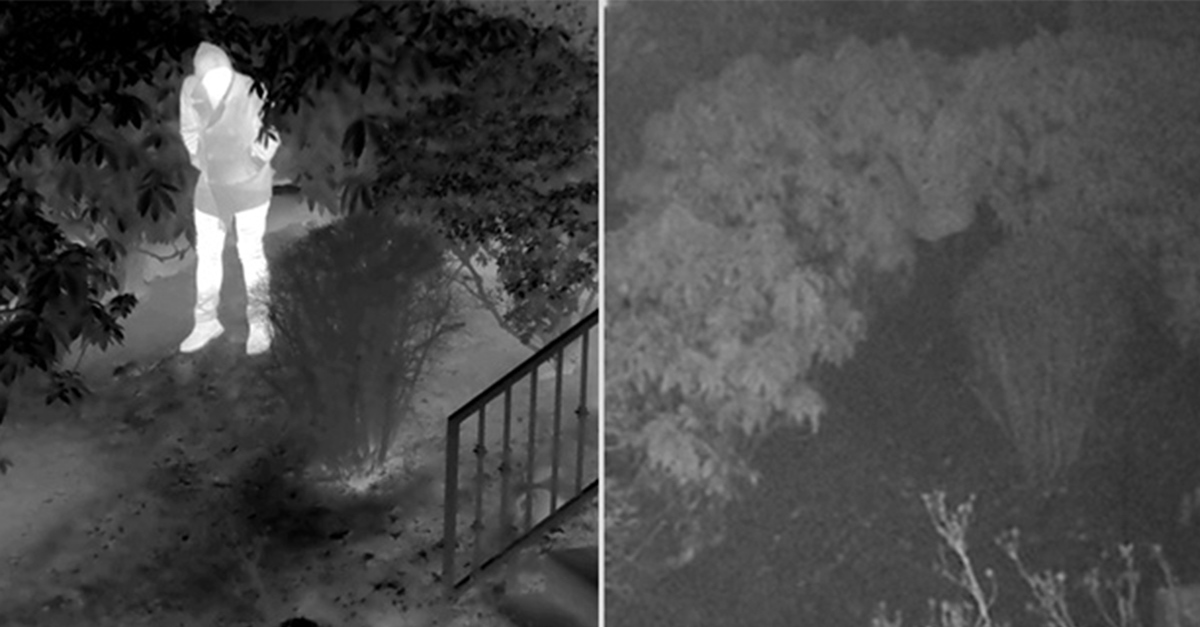
5 Benefits of Thermal Imaging Cameras

DIFFERENCE BETWEEN INDUSTRIAL ETHERNET AND REGULAR ETHERNET

INDUSTRIAL NETWORKING EQUIPMENT USED FOR AUTONOMOUS VEHICLES

CYBERSECURITY: PROTECTING INDUSTRIAL CONTROL SYSTEMS

HOW INDUSTRIAL NETWORKING CAN PROVIDE SECURITY FROM DRONES
.webp)
Thermal Cameras Reveal How to Keep Your Home Cool During a Heat Wave

FLıR ONE PRO
.png)
Unmatched Maritime Awareness with Cooled Thermal Imaging
.png)
What Is the Right Handheld Thermal Camera for You?
.png)
Camera Resolution and Range
.png)
Special Applications for Marine Cameras
.png)
What’s The Difference between Thermal Imaging and Night Vision?
.png)
Can Thermal Imaging See Through Fog and Rain?
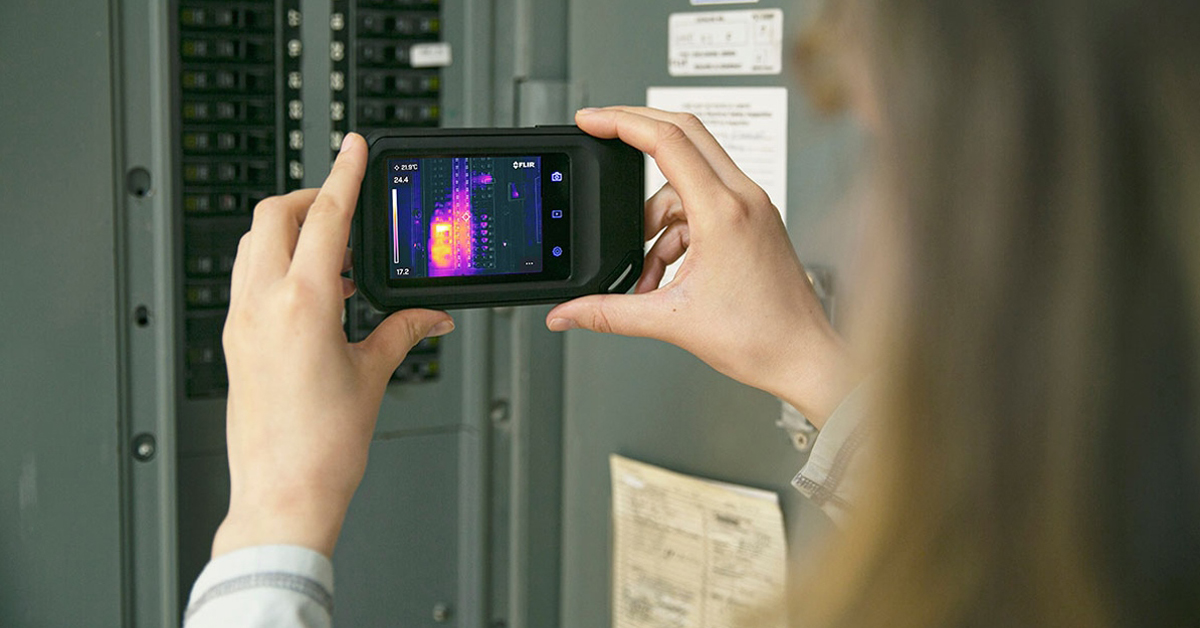
Which Cx-Series Camera Is Right for You?
.png)
What is MSX®?

Five Reasons Maritime First Responders Need Thermal Imaging
.png)
3 Distinguishing Features of Superior Thermal Cameras
.png)
Determine Which Visible and Thermal Security Cameras You Need
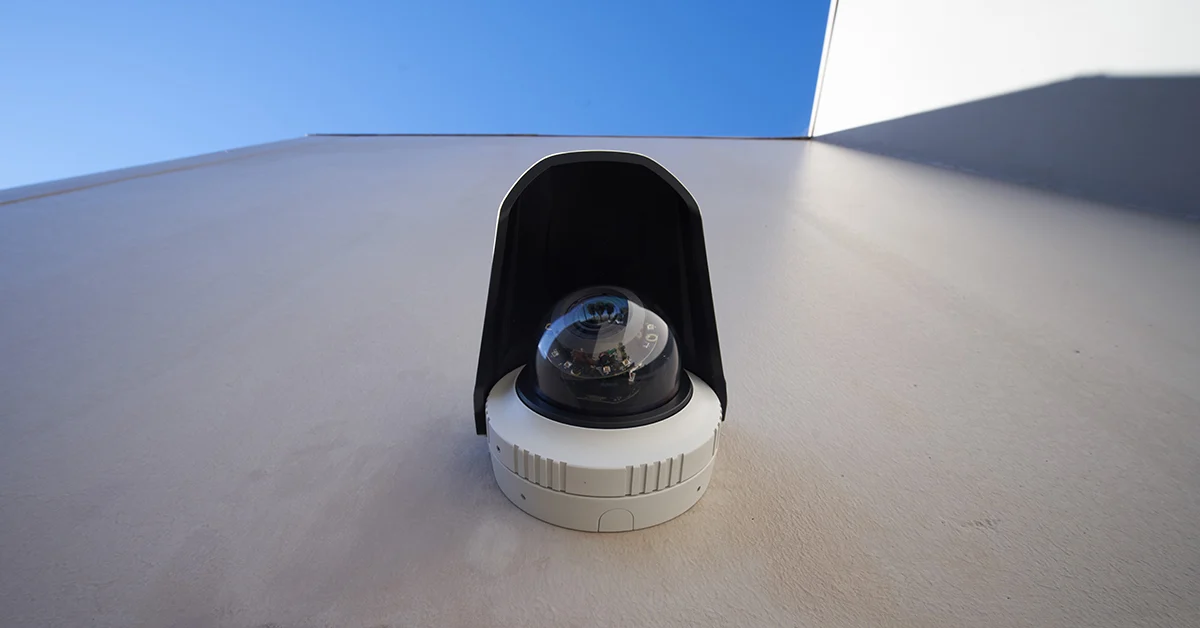
Bullet vs. PTZ vs. Dome: Which Security Camera Is Right for You?

Interfaces for Machine Vision

Machine Vision Sensor Review
.png)
Teledyne FLIR, the Industry Leader, Launches Boson +, a Long-Wave Infrared Thermal Imager Module with an Accuracy of Less Than 20 mK
.png)
Whitepaper: IP-Based Security Convergence
.png)
3 Technologies Transforming Safe Cities into Smart Cities
.png)
Insights from the Field: Ensuring Workplace Safety Using Thermal Camera Screening for Entry Control

Thermal Night Vision as a Force Multiplier

Can Thermal Imaging See Through Walls? And Other Common Questions
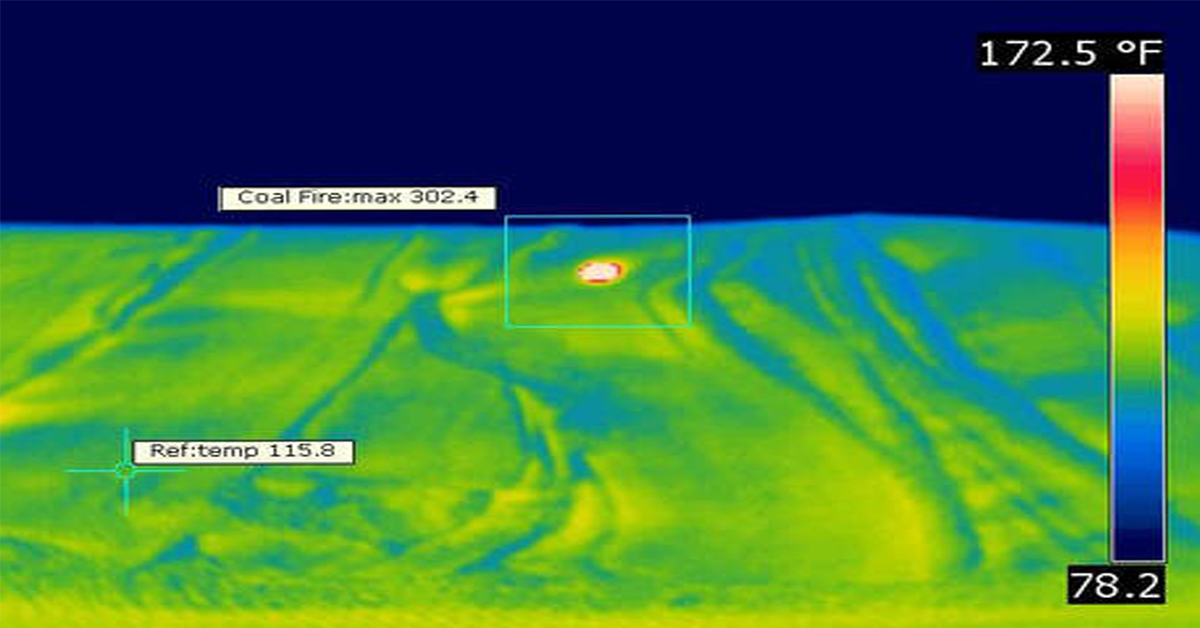
Application Spotlight: Early Fire Detection for Rapid Heat Generation

Protect Personnel and Equipment by Detecting Early Signs of Fire
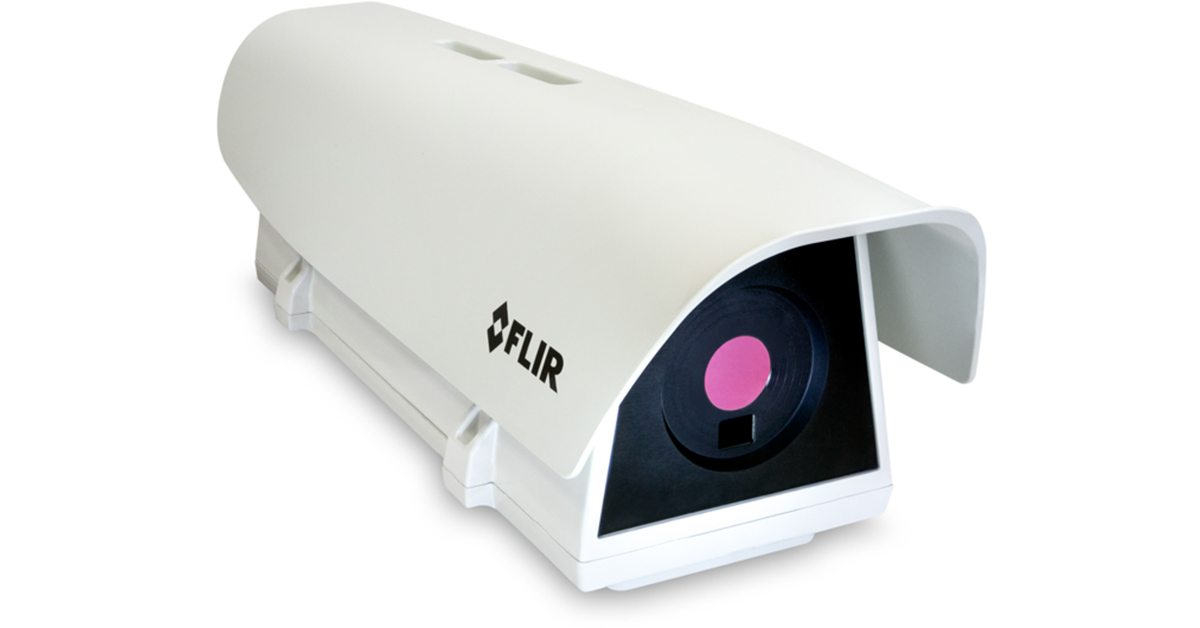
Teledyne FLIR Launches A500f/A700f Cameras for Fire Detection and Condition Monitoring

Thermal Imaging Cameras Help Guarantee Fire Safety in Tunnels

Thermal Imaging Cameras Help to Prevent Fires

ITS-Series Dual AID Surpasses Standards for Fire Detection Systems in Japan
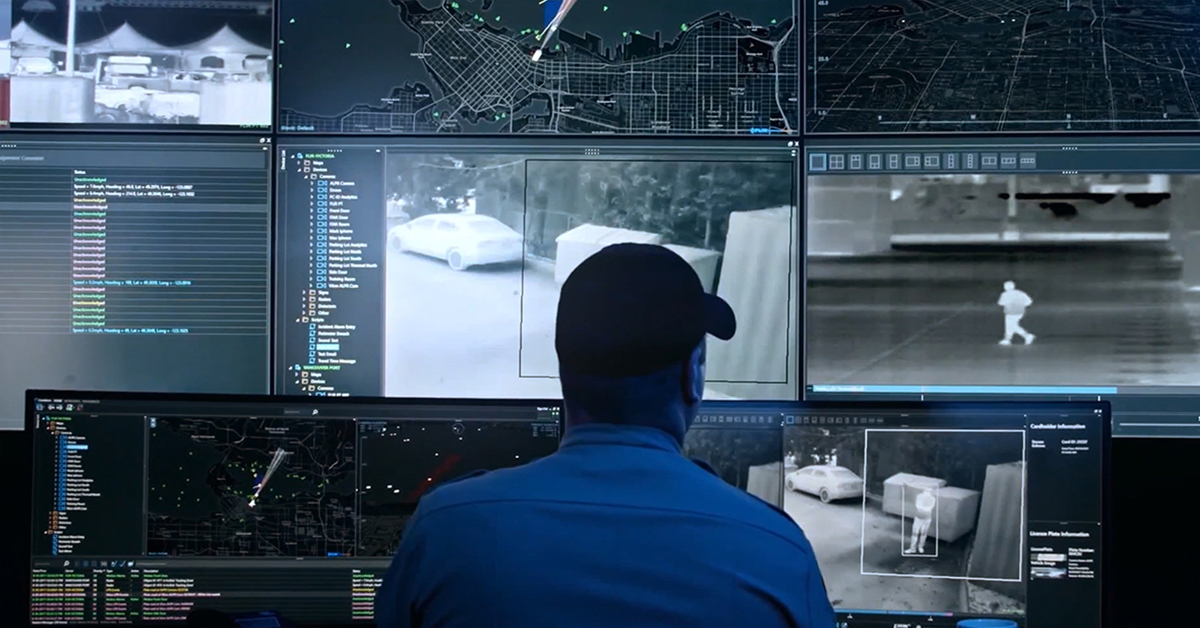
How Layering Multispectral PTZ Cameras and Radars Improve Perimeter Protection

POWER REMOTE RESET TECHNOLOGY - PRRT

Why Yacht Owners are Adding Thermal Imaging Cameras to Minimise the Risk of Lithium-Ion Battery Fires?
.png)
Intelligent Transportation Systems

Best Practices Guide for Perimeter Security Applications

Protect Pedestrians, Bicyclists and More with Thermal Smart Sensors
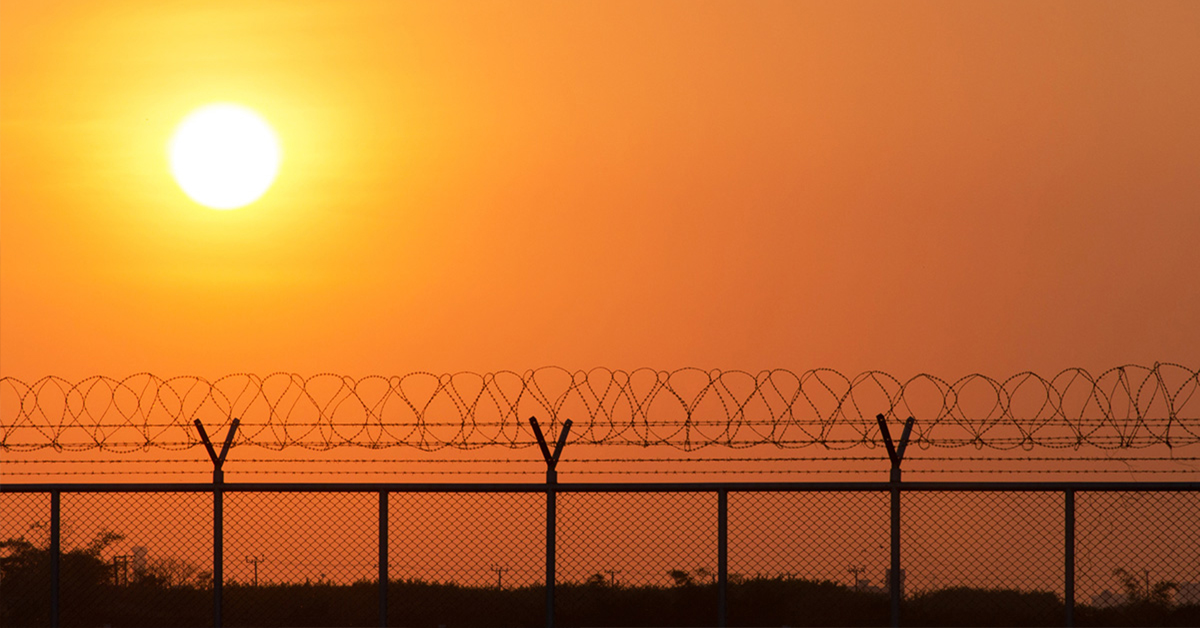
White Paper: Application of Ground-Based Security Radar to Perimeter Systems

What is Thermal Leakage and How to Reduce Its Risks
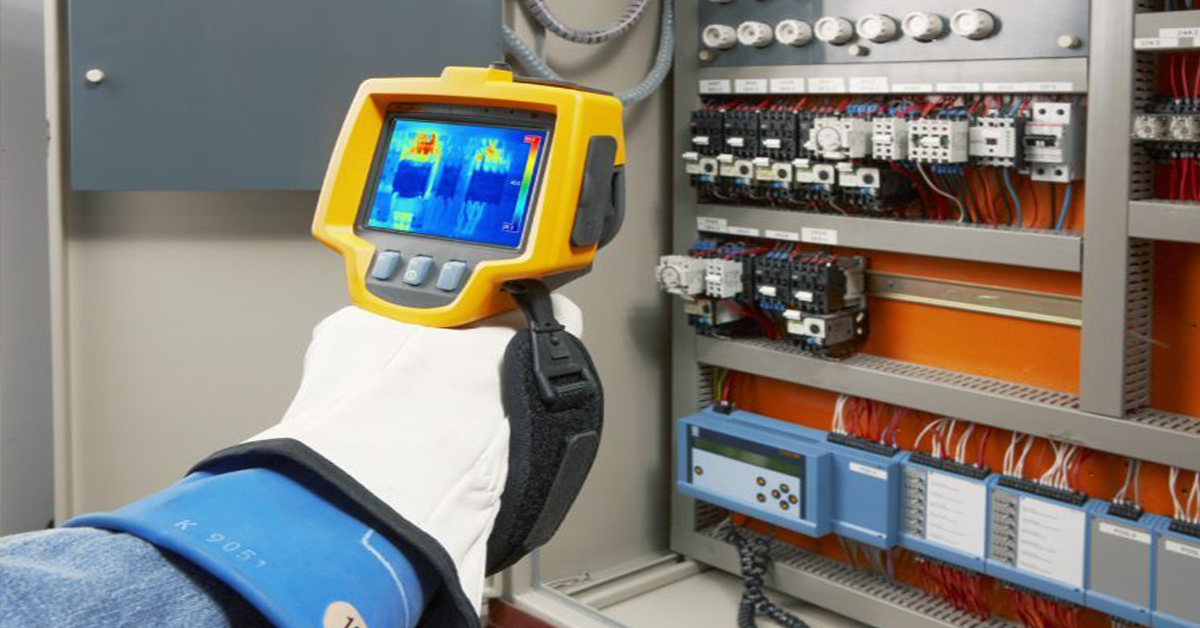
Battery Inspection Using Advanced Thermography

Providing ire Protection for Lithium Battery Storage
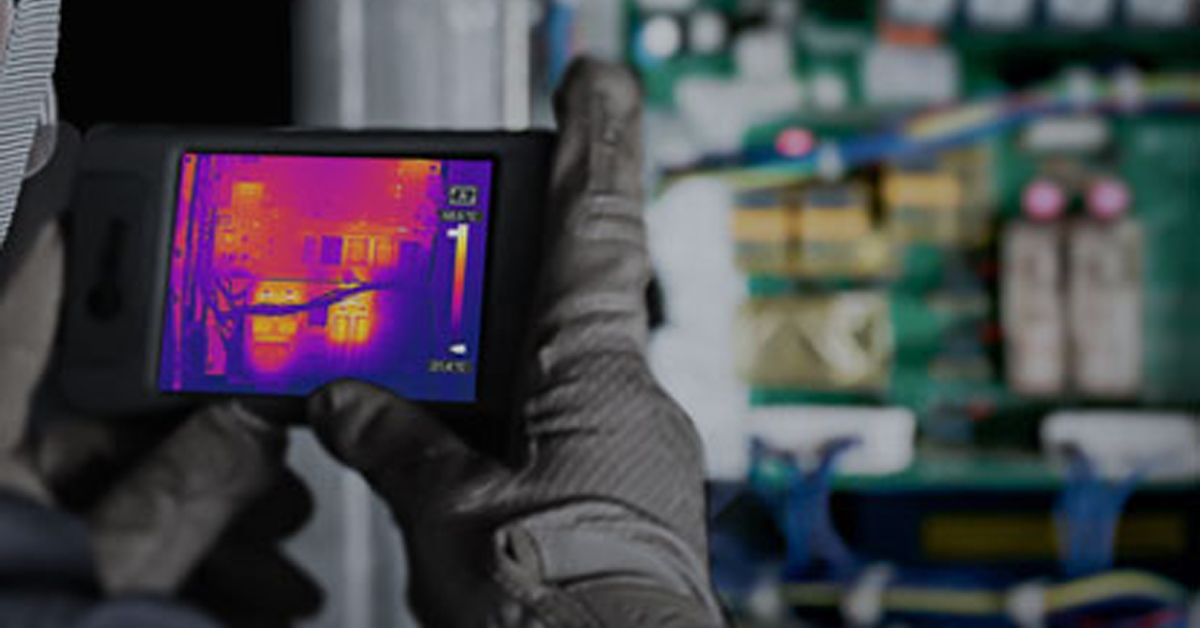
The Power of Thermal Imaging
.png)
Why Panel PCs Are Perfect For Industrial Applications?

Teledyne DALSA
.png)
Advantages of Virtual Barrier Video Analytics for Perimeter Security Systems
.png)
.png)
NASA Takes the Teledyne FLIR Boson Thermal Camera Module Out of this World
.png)
Port Security Enhancement: DP World Yarımca's Trust in FLIR Security Solutions for Effective and Safe Port Operations
.png)
The Importance of Thermal Sensitivity (NETD) for Detection Accuracy
.png)
Bosphorus Boat Show 2025: The Meeting Point of the Maritime World

Application Spotlight: Critical Asset Monitoring for Thermal Conditions
.png)
Thermal Imaging for Marine Firefighting
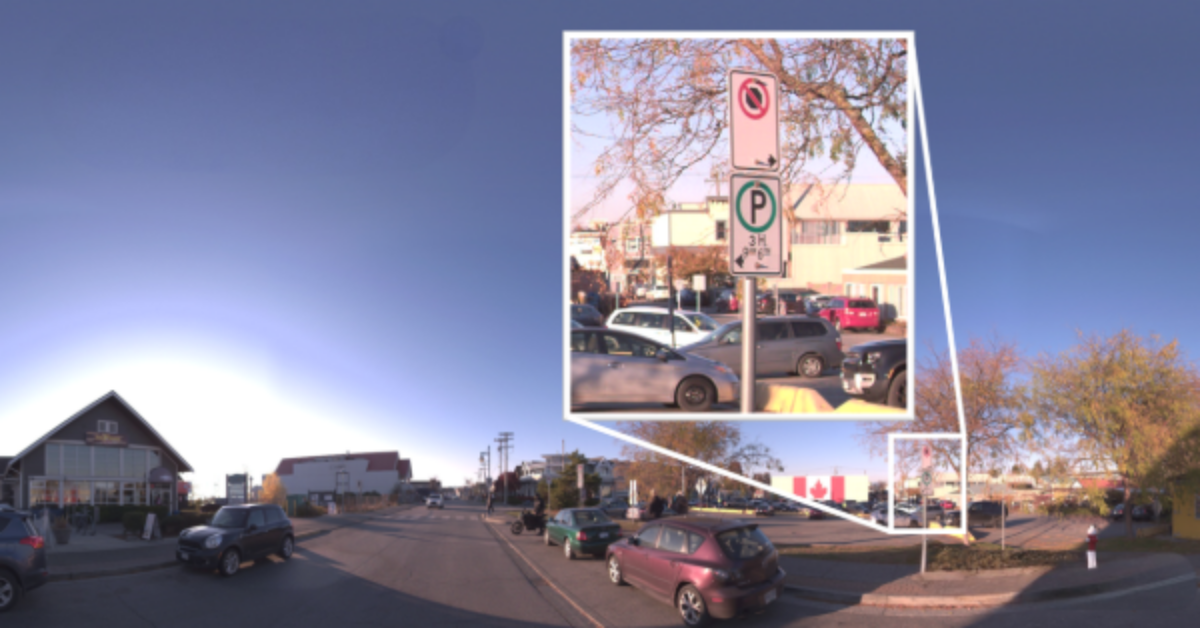
Imaging in Mobile Mapping
.png)
Using Thermal Imaging for Oil Spill Detection

Five Reasons Maritime First Responders Need Thermal Imaging

Case Study: Tackling Compressed Air Leaks in Automotive Parts Manufacturing with Acoustic Imaging

Thermal Night Vision as a Force Multiplier
.png)
Line Scan Contact Image Sensor - AxCIS
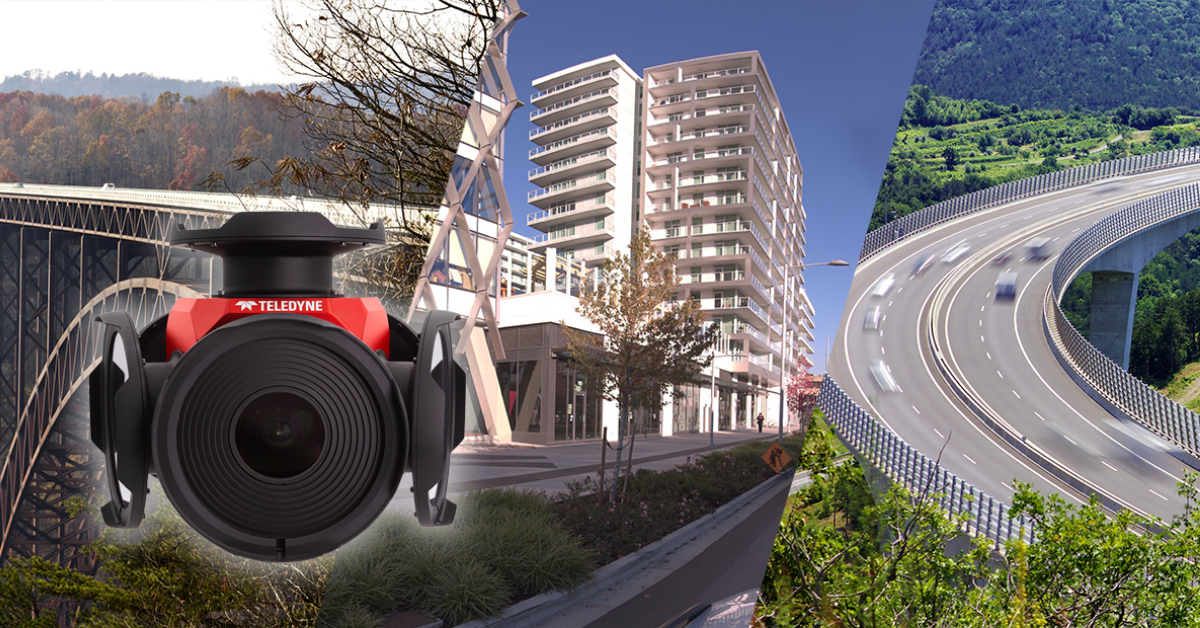
Beyond Resolution: What Really Makes a Camera System Work for Mobile Mapping
.png)
Multispectral Marine Cameras for USV Applications
.png)
Stabilizing FLIR Cameras for Smooth Viewing in Rough Waters
 (1).png)

